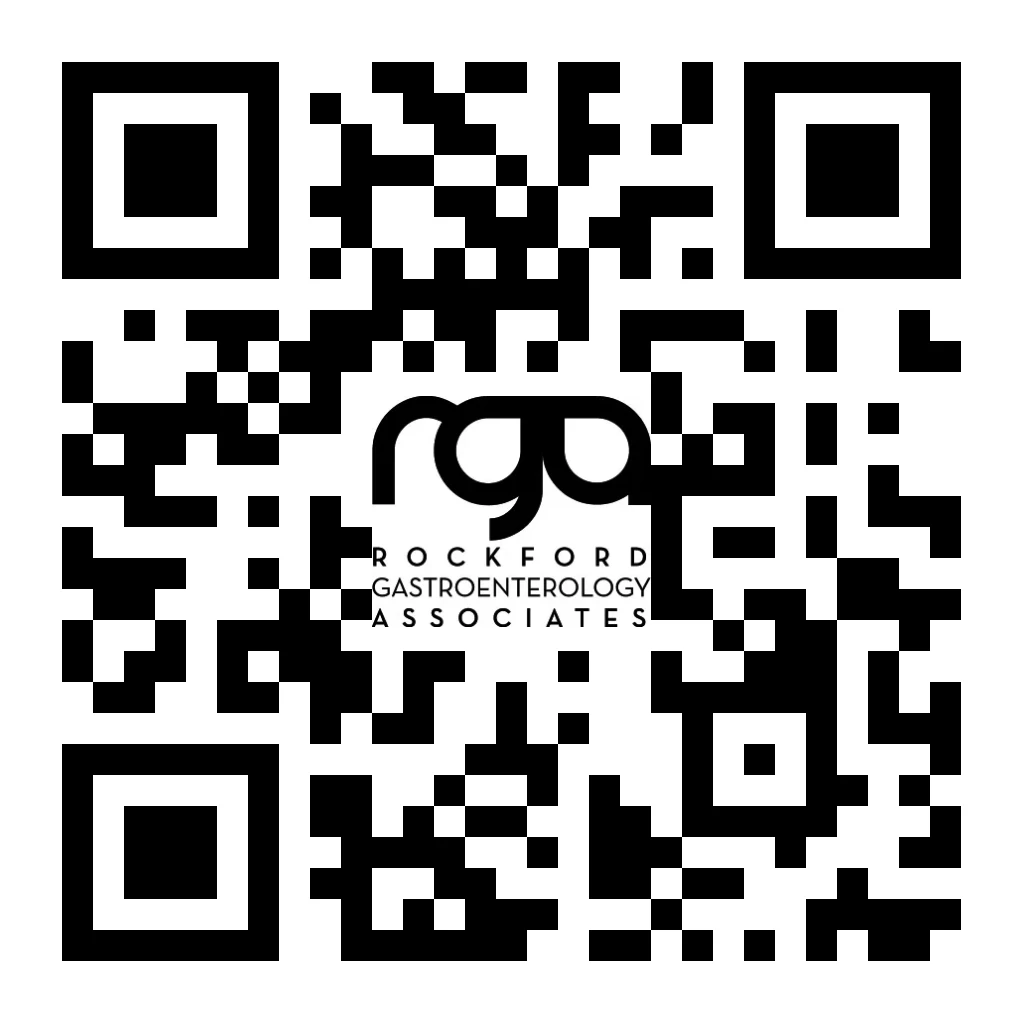Gluten Free Diet
Gluten is the protein part of wheat, rye, barley, oats, and other related grains. Some people cannot tolerate gluten when comes in contact with the small intestine. This condition is known as celiac disease (sometimes called non-tropical sprue or gluten sensitive enteropathy). There is also evidence that a skin disorder called dermatitis herpetiformis is associated with gluten intolerance.
In patients with celiac disease, gluten injures the lining of the small intestine. This injury results in weight loss, bloating, diarrhea, gas. abdominal cramps, or vitamin and mineral deficiencies. When patients totally eliminate gluten from the diet, the lining of the intestine has a chance to heal.
Removing gluten from the diet is not easy. Grains are used in the preparation of many foods. It is often hard to tell by an ingredient’s name what may be in it, so it is easy to eat gluten without even knowing it. However, staying on a strict gluten-free diet can dramatically improve the patient’s condition. Since it is necessary to remain on the gluten-free diet throughout life, it will be helpful to review it with a registered dietitian.
Nutritional Facts
Depending on the foods selected, the gluten-free diet can meet the Dietary Reference Intakes of the Institute of Medicine.
Special Considerations
- The person who prepares the patient’s food must fully understand the gluten-free diet. Read food labels carefully.
- Do not use anything that contains the following grains: wheat, rye, barley and oats.
- Can be eaten in any amount: corn, potato, rice, soybeans, tapioca, arrowroot, carob, buckwheat, millet, amaranth, and quinoa.
- Distilled white vinegar, does not contain gluten
- Malt vinegar, does contain gluten
- Grains are used in the processing of many ingredients, so it will be necessary to seek out hidden gluten. The following terms found in food labels may mean that there is gluten in the product.
- Hydrolyzed Vegetable Protein (HVP), unless made from soy or corn
- Flour or Cereal products, unless made with pure rice flour corn flour, potato flour, or soy flour
- Vegetable Protein unless made from soy or corn
- Malt or Malt Flavoring unless derived from corn
- Modified Starch or Modified Food Starch unless arrowroot, corn, potato, tapioca, waxy maize, or maize is used
- Vegetable Gum unless vegetable gums are carob bean gum, locust bean gum, cellulose gum. guar gum, gum arabic, gum aracia, gum tragacanth, xanthan gum, or vegetable starch
- Soy Sauce or Soy Sauce Solids unless you know they do not contain wheat
- Any of the following words on food labels usually means that a grain containing gluten has been used:
- stabilizer
- starch
- flavoring
- emulsifier
- hydrolyzed plant protein
- There are now several companies that produce gluten-free products, and several support groups to provide delicious recipes and help patients adapt to the gluten-free diet.
Organized Groups
The Food Allergy Network
11781 Lee Jackson Hwy. Suite, Fairfax, VA 22033-3309. Phone: 800-929-4040
www.foodallergy.org
American Celiac Society
P.O. Box 23455, New Orleans, LA 70183-0455. Phone: 504-737-3293
www.americanceliacsociety.com
Celiac Sprue Association/USA, Inc.
P.O. Box 31700, Omaha, NE 68131-0700. Phone:(402) 558-0600 • 877-CSA-4-CSA
www.csaceliacs.org
Celiac Disease Foundation
13251 Ventura Blvd., Suite 1, Studio City, CA 91604-1838. Phone: (818) 990-2354
www.celiac.org
Gluten Intolerance Group
31214 124 Avenue SE, Auburn, WA 98092. Phone: (206) 246-6652
www.gluten.net
Note: the information in this section is provided as a supplement to information discussed with your healthcare provider. It is not intended to serve as a complete description of a particular topic or substitute for a clinic visit.
Print this page
